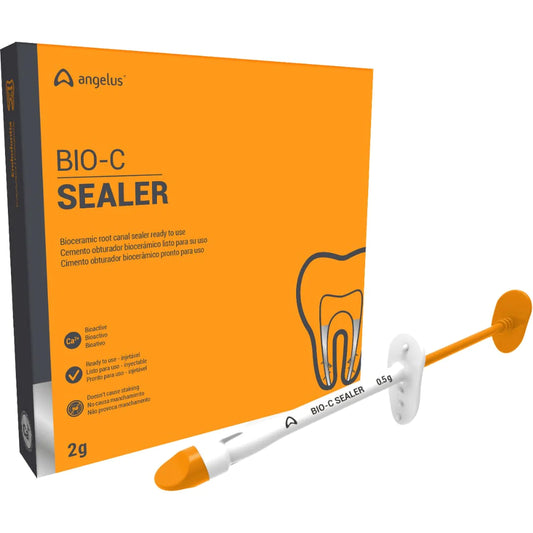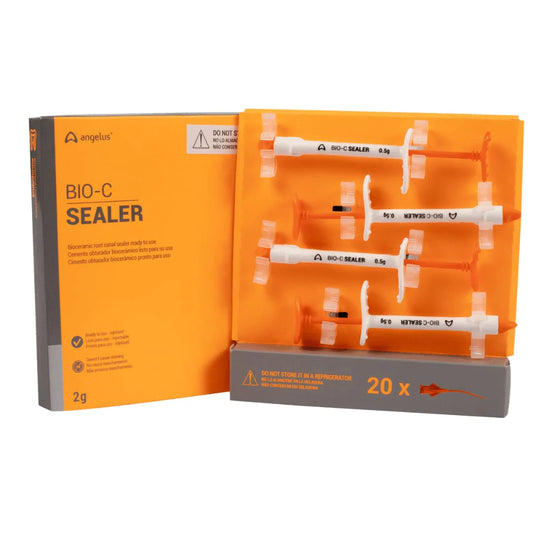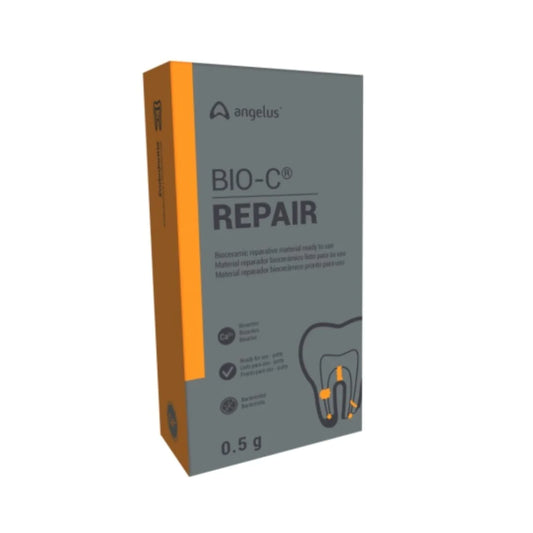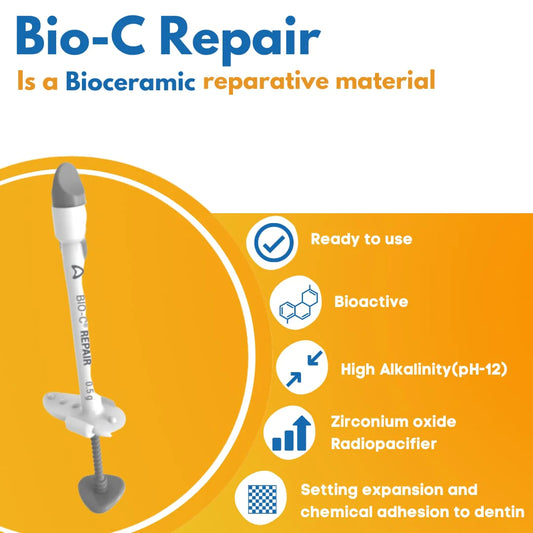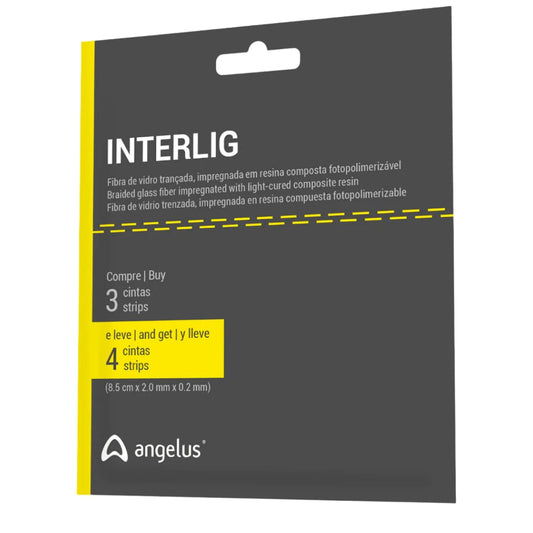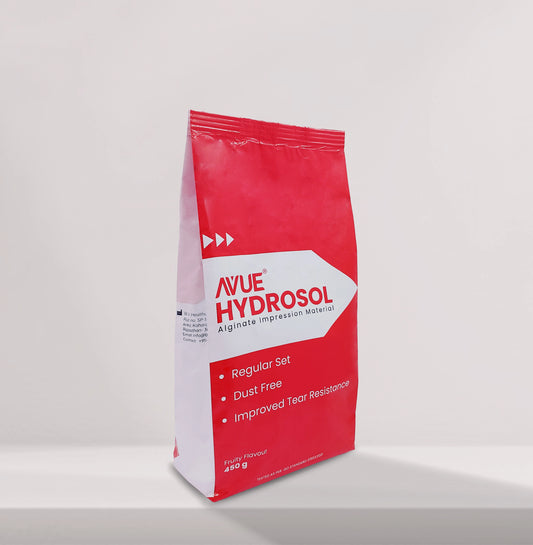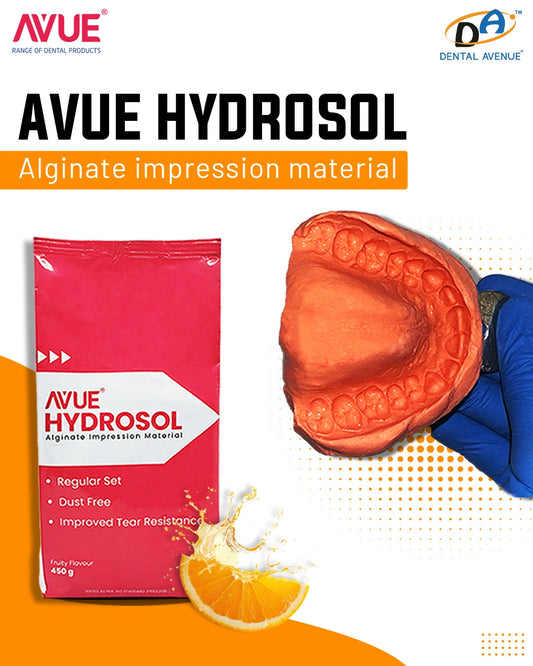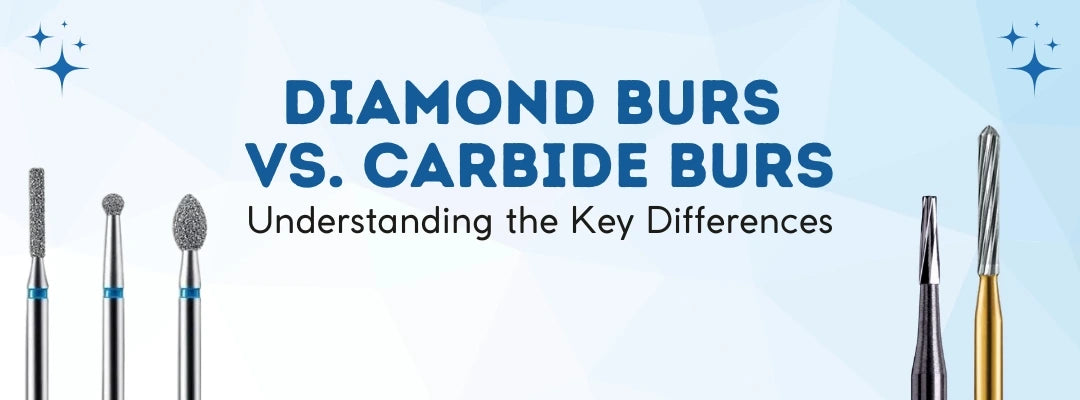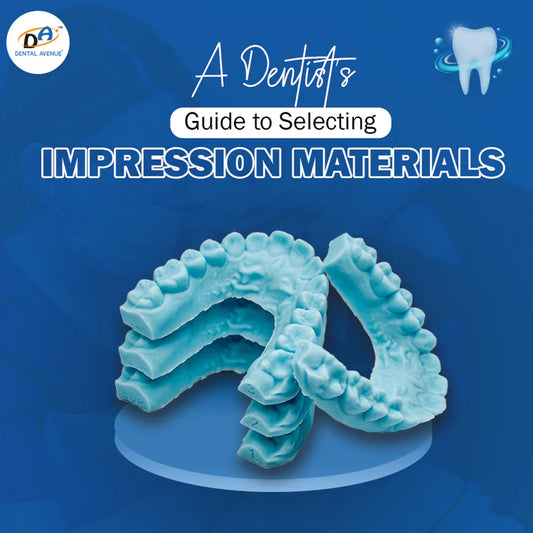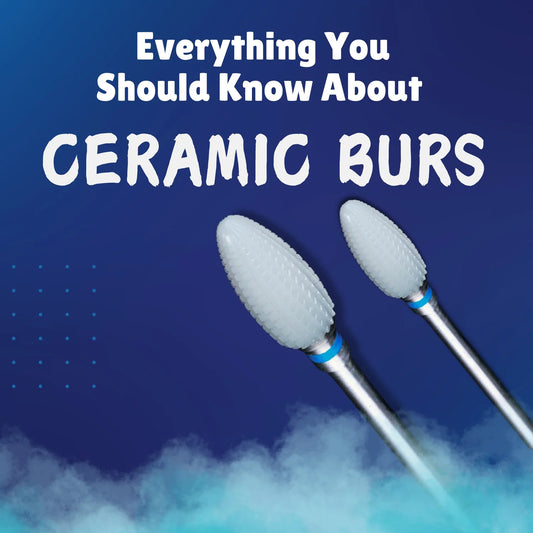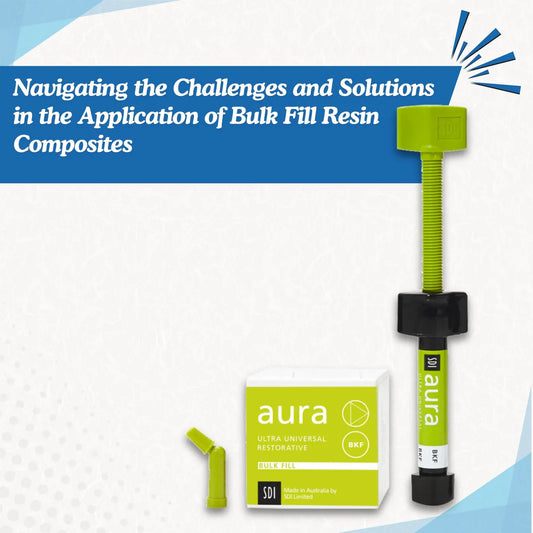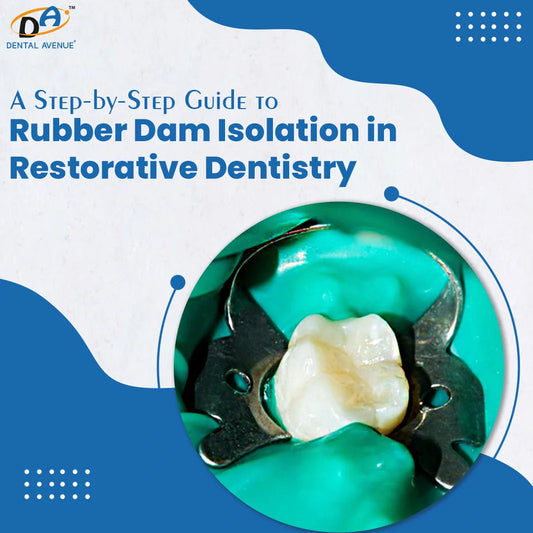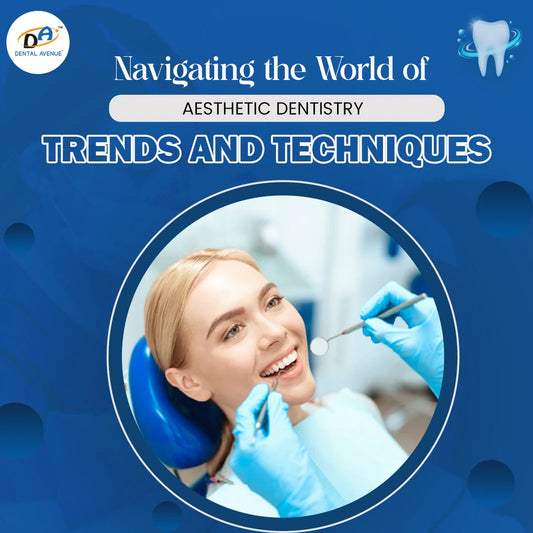Dental burs are crucial instruments used in modern dentistry to remove decayed portions of teeth and to shape tooth and bone structures, burs come in different shapes, sizes and materials depending on the type of procedure and manufacturer type. The choice between diamond burs and carbide burs plays a crucial role due to their distinct compositions of metal and performance characteristics. Every variety provides distinct benefits tailored to particular dental requirements, ranging from swift cavity preparation to cutting hard dental structures like enamel and dentin and other restorative materials for minor or major surgical procedures. It's crucial to comprehend these variations to choose the right bur for different dental treatments.
What are Diamond Burs?
Diamond burs come in different grit sizes and are made of a stainless steel body that has been fused with diamond powder. The head of the bur and grit size decide what type of procedures the bur can be used in. Dental Diamond burs can grind away hard dental tissues (such as enamel) and bone. Dental diamond burs are often used to cut through Zirconia or grind porcelain when shaping and placing crowns or veneers. They may also be used to grind down tooth structures to get proper fits for crowns or veneers.
What are Carbide Burs?
Tungsten carbide dental burs/carbide dental burs are made of tungsten carbide which is three times stronger than steel and can withstand high temperatures. There are various types of carbide burs widely used in dentistry. This allows carbide dental burs to be used much longer than other burs without losing their edge. These characteristics make them perfect for excavating cavities, shaping bone, removing impacted teeth, and many other procedures. Due to carbide burs using blades, they reduce vibrations and provide better comfort for patients.
Key Differences between Diamond Burs and Carbide Burs:
Composition and Availability:
- Diamond burs are made up of a stainless steel body bonded with diamond particles making them extremely hard and durable, and are available in different grit sizes. Its head and grit size determine the type of procedure to be formed.
- Whereas Tungsten carbide dental burs are made up of carbide and are three times stronger than steel and can withstand higher temperatures. It can be used much longer without losing its sharp edges.
Performance:
- Diamond burs are made up of the hardest metal on earth, makes them ideal for cutting through harder metals that other burs struggle with, they excel in precision and efficiency, and their sharp edges allow finer and smoother cutting with minimal heat dissipation, whereas
- Carbide burs are durable and can do precise cuttings, due to this they can produce less vibrations when compared with other burs, their cutting ability is exceptional, allowing practitioners to cut the toughest metal like butter.
Usages:
- Diamond burs are commonly used for precise cutting, shaping and detailing of procedures such as grinding of hard tissues (enamel) and bone. Also used for grinding down the tooth structure for proper fitting of crowns and veneers, cutting zirconia or grinding porcelain.
- Carbide burs on the other hand help in excavating/ removing cavities, removal of enamel and dentine, bone cutting and shaping, carbide endodontic burs are used for complex endo cases, it also guide in the removal of impaction teeth, removing dental restorative materials like amalgam and composites.
Durability:
- Diamond burs can last long if properly cared for, handled and stored. It comes in single or multi-use depending on the user, its hardness and fine structure allow the dentist to use it for prolonged use.
- Carbide burs while they are precise enough for cutting through hard structures have shorter life spans and wear down faster with heavy use
Smoothness:
- Diamond burs grind the tooth surface leaving the tooth structure slightly rough whereas,
- Carbide burs on the other hand cut and chip away the tooth surface resulting in a smoother finish.
Zirconia cutting burs:
- Cutting and removing zirconia crowns can be difficult, designed with precision and expertise, zirconia cutting dental diamond burs are unique burs crafted to address the needs of removal, adjusting and cutting zirconia, Emax, and other ceramics without compromising the integrity of the material, as diamond burs are highly efficient and cost-effective, these burs becomes ideal for zirconia cutting.
How to choose the Right Burs for your Needs?
The selection of diamond and carbide burs depends on the specific requirements of the dental procedure and the choice of the practitioner; a few of them are listed below:
- Material: depending on the type of material that you require for cutting or shaping or other dental procedures.
- Precision: precision of dental treatment is paramount for the outcome, it is important to evaluate the level of precision required for the task.
- Heat generation: some procedures require longer time and technique sensitivity, so heat generation can hamper the overall treatment and affect the procedure.
- Longevity: The longevity of burs is important whether to have single-use or multi-use burs for the procedure.
Conclusion:
In conclusion, Carbide Burs vs Diamond Burs, understanding the dental burs' types, shapes, sizes, designs, and materials used involves a lot of detailing of unique properties and matching the expectations depending on the type of procedure, while diamond burs excel in the precise cutting of hard materials like enamel and ceramics, carbide burs offers versatility and durability across a range of dental applications. Dental practitioners should evaluate their unique demands and use proper protocols accordingly.
FAQ’S
Can diamond burs cut harder metal than carbide burs?
Yes, diamond burs are superior to carbide burs when it comes to cutting harder materials because of the grit size and diamond being used, it provides superior hardness and abrasion resistance.
How do you sterilize carbide burs?
Carbide burs can be sterilized like normal other burs by cleaning and removing all the debris, using running water with detergent and brushes later can be cleaned with ultrasonic cleaners and disinfectant and autoclaving. It is advised to follow the manufacturer’s guidelines and recommendations.

